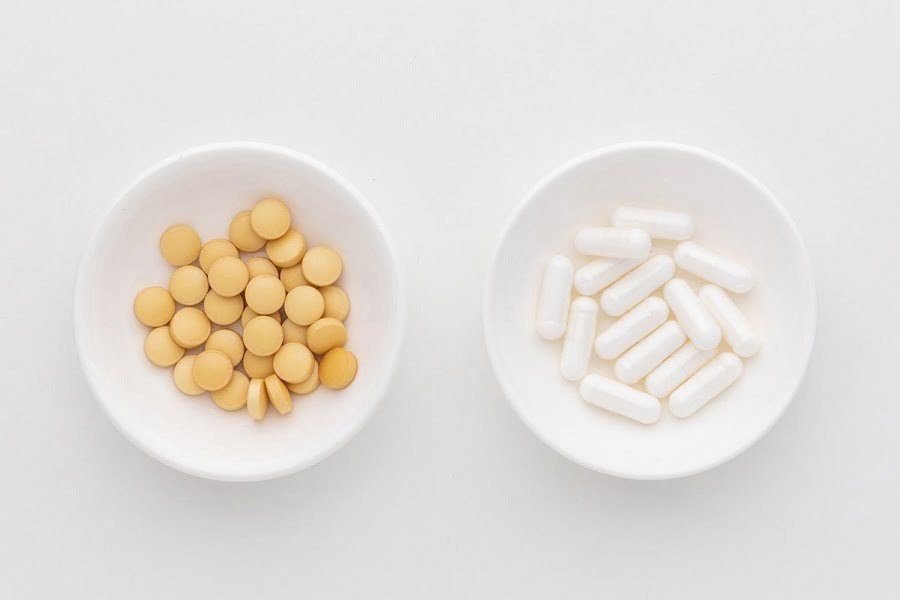The age-old question, at least since the dawn of restaurants, has been whether the delicacies they offer are also healthy. Until the late 18th century, only public lodgings were available that also provided meals.
Gradually, the scenario began changing and outlets exclusively specializing in meals and beverages started opening up. Even then, these were popularly known as oyster or coffee houses. The term ‘restaurant’ entered not the colloquial parlance at least until a century later.
Today, we have all kinds of ‘restaurant’ establishments, including food trucks, fine dining, buffet, fast food, cafeterias, contemporary casual, and more. Even then, we must continue to ask whether the food is healthy, especially since newer risks like PFAS lurk on the horizon.
Not sure what all this is about? This article will discuss the deadly risk of PFAS in restaurants along with ways to stay safe.
Why Are PFAS Such a Big Deal?
PFAS is the short form for per- and polyfluoroalkyl substances. These are a complex group of synthetic chemicals sharing a common carbon-fluorine bond. PFAS were first produced commercially around the 1940s, preferred for their resistance to water, grease, and oil.
Accordingly, they were used to produce stain-resistant garments or upholstery, non-stick cookware, and Class-B firefighting foam or Aqueous Film Forming Foam (AFFF). In the case of the latter, PFAS’ low viscosity was paramount in helping extinguish fast-spreading fires caused by liquid fuels.
By the late 1970s, AFFF fire suppressants were developed by the Navy and widely circulated. Over the next few decades, concerns were raised about these chemicals. It was found that they may be carcinogenic. This was only confirmed later when firefighters alleged that PFAS-based AFFF had led to injuries like cancer.
According to TruLaw, these injuries included cancer of the kidneys, bladder, and testicles. In 2017, affected firemen and military personnel filed a lawsuit against manufacturers of PFAS. Besides the personal injury cases, those regarding water contamination were filed by municipalities.
Though the latter has been settled via trials, personal injury cases are still awaiting settlements. It is believed that under the AFFF lawsuit, Navy members and firefighters are most likely to be the plaintiffs. Besides such gruesome injuries, PFAS have enduring implications.
They are ubiquitous in nature, implying that they are practically everywhere. Does this include your local restaurant’s food? It’s highly likely unless the outlet has PFAS-free practices in place. In any case, it may soon come to an eatery near you. Plus, the Environmental Protection Agency (EPA) lists down other health risks like developmental delays, high cholesterol levels, hormonal imbalances, and more.
Restaurant Food May Not Be As Safe As You Think
Americans are known for having a good time with friends and family, especially with food being involved. Dining out at a local deli or fine dining restaurant has become commonplace. A survey showed that three-quarters of people prefer restaurant food since they do not wish to cook at home.
Out of these, 57% preferred takeout or food delivery over dining out. The remaining 43% included those who dine out to socialize and have a refreshing change from daily monotony. With such statistics, it is difficult to imagine a time when all food was cooked within homes.
Sadly, the food may be tasty but could compromise the consumer’s health. This is true even of those outlets that claim to use clean and organic ingredients. The simple yet deadly problem are PFAS. Study after study in recent years has found these toxic chemicals lining restaurant food packages.
Besides the food package, they are present even in the restaurant’s water supply, raw materials (including vegetables and meat), and stain-resistant furnishings. In light of the pervasive nature of these chemicals, it can be difficult to escape them. However, one cannot neglect their health in the process either, which calls for a desperate solution.
What You Can Do As a Conscious Consumer
Even though we live in a day and age of toxic chemicals, it is also the era of the conscious consumer. Just like sustainability, consumers must take steps to protect themselves from harmful PFAS-laden restaurant food. Let’s look at what you as a conscious consumer can do.
Avoid Restaurant Food As Much As Possible
This tip suggests a pretty direct and no-frills approach. It tackles the issue at hand by eliminating the source of the problem. By avoiding frequent trips to the takeout queue or the restaurant, you can reduce your risk of ingesting PFAS.
This means investing more time and effort in preparing healthy home-cooked meals. Now, even here, you must be careful about some things. For instance – do not use non-stick cookware known to be lined with PFAS for oil and grease resistance. You can purchase non-toxic cookware like clay, stainless steel, cast iron, and stone.
Plus, use water filters that operate on the principles of reverse osmosis. These can purify the water even of PFAS.
Dine or Buy Takeout Responsibly
We understand that dining out or packing food for later may become unavoidable in some cases. This usually happens when you’re invited to dine out, wish to socialize, are in a hurry, or are on vacation. In such cases, you have valid reasons to eat packaged foods or at a restaurant.
Our pro tip for any of the above-mentioned scenarios is to eat responsibly. In other words, you can inquire about the dining place’s PFAS-free practices. Several states across the US are issuing a PFAS ban on food packaging materials. This means you will be able to find restaurants that use non-toxic, sustainable packages.
Many would have gone as far as investing in vendors that supply PFAS-free meats and other raw materials. Also, advanced water filters that can remove PFAS are becoming the norm among food outlets. So, be on the lookout for them even though you may have to search a bit.
Limit Intake of Processed Meats
Recent studies have discovered that processed meats and even teabags may increase the risk of PFAS accumulation in the human body. If you are accustomed to eating meat at restaurants, it’s time to ask questions regarding the source of those items.
PFAS-free freshwater fish and other meat products may be available but they will also be scarce and expensive. If nothing else, at least ensure that you cook meats at home instead of consuming them at a restaurant. The best way in this case to stay PFAS-free is to eat more organically-grown fruits and vegetables.
From what we’ve discussed, can we conclude that PFAS are destroying the world? In essence, they more or less already have. The need of the hour is to stop and reverse the problem. Since 3M, the primary manufacturer of these chemicals, has promised to stop their production by the end of 2025, that’s some relief.
On the other hand, the World Economic Forum (WEF) shares how scientists may have discovered a way to remove PFAS from drinking water. It also states that the time it may take for PFAS to break down is a trick question at best. This means reversing the issue may still be a far-fetched dream. As of now, we can only hope to stay as protected as possible, which includes safe eating practices discussed in this article.



